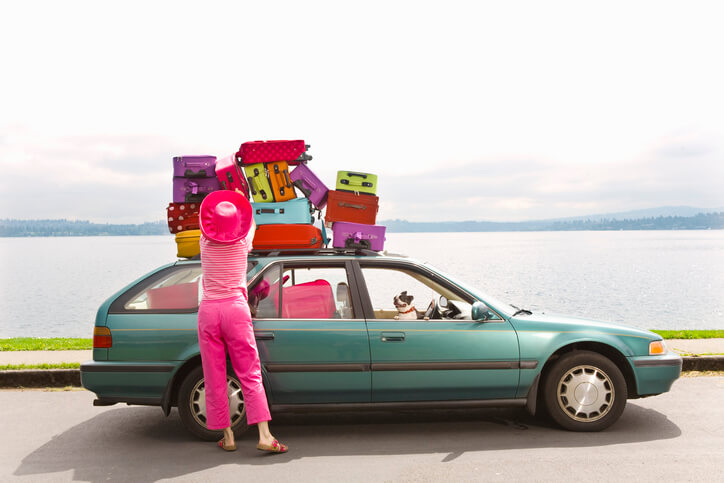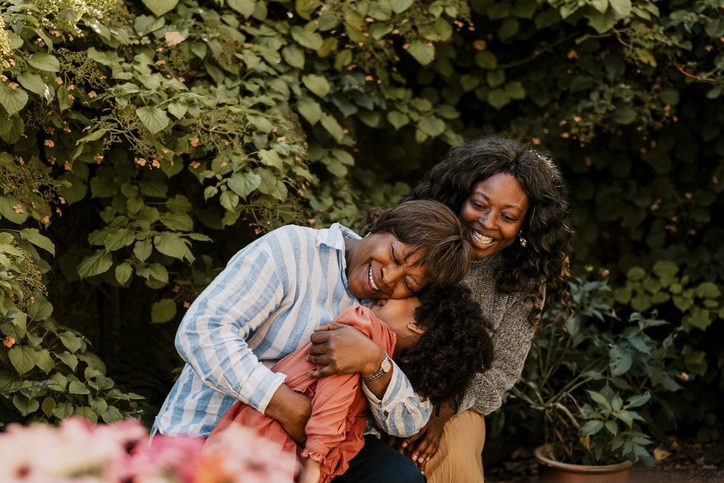Eugenia Plant lives in a nursing home. And yet, since she has been there, virtual reality (VR) has taken her around the world and even to outer space. With a special headset, she has “traveled” to Antarctica to be among the penguins, gone diving in the Red Sea, explored Jupiter, and toured the Sistine Chapel. “It’s so exciting and I don’t have to go all those miles in an airplane!” says the eighty-six year old Plant.
Until recently, VR technology has been the purview of teen gamers and other avid techies. While entertainment is still its biggest draw, doctors, researchers, therapists, companies and clinicians have begun using VR, and other approaches, to reduce social isolation, loneliness, anxiety, depression and pain in older adults.
“It’s an exciting time as the medical and technology sectors come together in more innovative ways to better our quality of life,” says Dr. David Rhew, chief medical officer and head of healthcare and fitness for Samsung Electronics America, Inc. Samsung sells VR gear.
VR is big business. In 2017, VR headset sales were expected to bring in $660 million, an eye-popping 42% increase in one year. And, a Gartner and Bloomberg Intelligence report predicts that by 2020, VR gear will reach $21 billion.
How Virtual Reality Works
Users don a headset with goggles that show panoramic images taken with a 360-degree video camera. The wearer becomes immersed in these virtual environments. This makes them feel like they are truly there–wherever “there” may be.
At Plant’s facility, a staff member uses a tablet with special content to control what residents see.
By accessing Google maps, they can go back to their old neighborhood, the place where they worked or even their favorite restaurant in Paris. “It was wonderful to see the house where I lived for 50 years,” says Plant. “The owners have done a great job. In fact, it’s much nicer now!”
Samantha Bennett, the Life Enrichment Director at Wingate in Norton, MA, “took” a resident with moderate dementia and her husband to their old haunts—their home and neighborhood, the grocery store where they used to shop and their park. “It was an opportunity for them to connect. They could still go on an adventure together and share an experience,” says Bennett.
VR can also be tailored to one person. Bennett has asked Rendever—the Boston-based company started in 2015 by two Massachusetts Institute of Technology students that introduced VR to Wingate—to create a hot air balloon program for an immobile resident who used to fly them. They’re working on it.
Serious Uses for Virtual Reality
VR for older adults is more than just a fun experience. It is the subject of clinical studies and interest from scientists and mental health professionals. Here are some of the myriad of ways it’s being used:
- To put veterans with Post Traumatic Stress Disorder in stressful situations to determine what triggers their flashbacks, anxiety and depression.
- To help schizophrenics learn to better tolerate and manage their hallucinations and show doctors and researchers what a hallucination feels like. Similarly, VR is being tested to treat phobias.
- To study healthy brain function and disease in older adults, neurologist Bradford Dickinson of Massachusetts General Hospital has partnered with the VR company Rendever. He plans to develop tasks to measure thinking abilities, emotion, and sensory and motor function.
- To explore if VR can reduce anxiety, depression, and loneliness. Dr. Sonya Kim, a San Francisco physician, is so convinced of its merits that she founded the VR company One Caring Team.
In her practice, she “brings” her patients to a Hawaiian beach to watch the sunset and the calm, peaceful waters or shows them other soothing scenes. Even if it’s virtual, it gives them somewhere “to go” and breaks up what can be just another monotonous day stuck inside. Dr. Kim also believes VR can benefit people with dementia, who are often anxious and depressed.
- To decrease pain, doctors and dentists are using it as distraction during procedures. In a study of 100 hospitalized patients in pain at Cedars-Sinai Hospital in Los Angeles, those who “swam” with whales or “took” a helicopter ride in Iceland reported a 24% drop in pain.
- To detect balance impairments and help prevent falls. The University of North Carolina at Chapel Hill and North Carolina State University are collaborating.
Technology With a Bright Future
VR also works in real time. Say your grandson is getting married and you’re too frail or it’s too difficult for you to attend. With VR technology, you can be there virtually in real time. With the right equipment, including a 360-degree camera, a family member, photographer or guest could share the wedding virtually and make you feel part of the celebration.
No doubt, in the next three to five years, there will be other important VR applications that we haven’t even thought about yet–not just for older adults but for all ages. In the meantime, VR technology is literally expanding the horizons of older adults, interjecting fun into their lives and keeping them socially engaged, curious and connected.
Read Next: Your Guide to On-Demand Services






